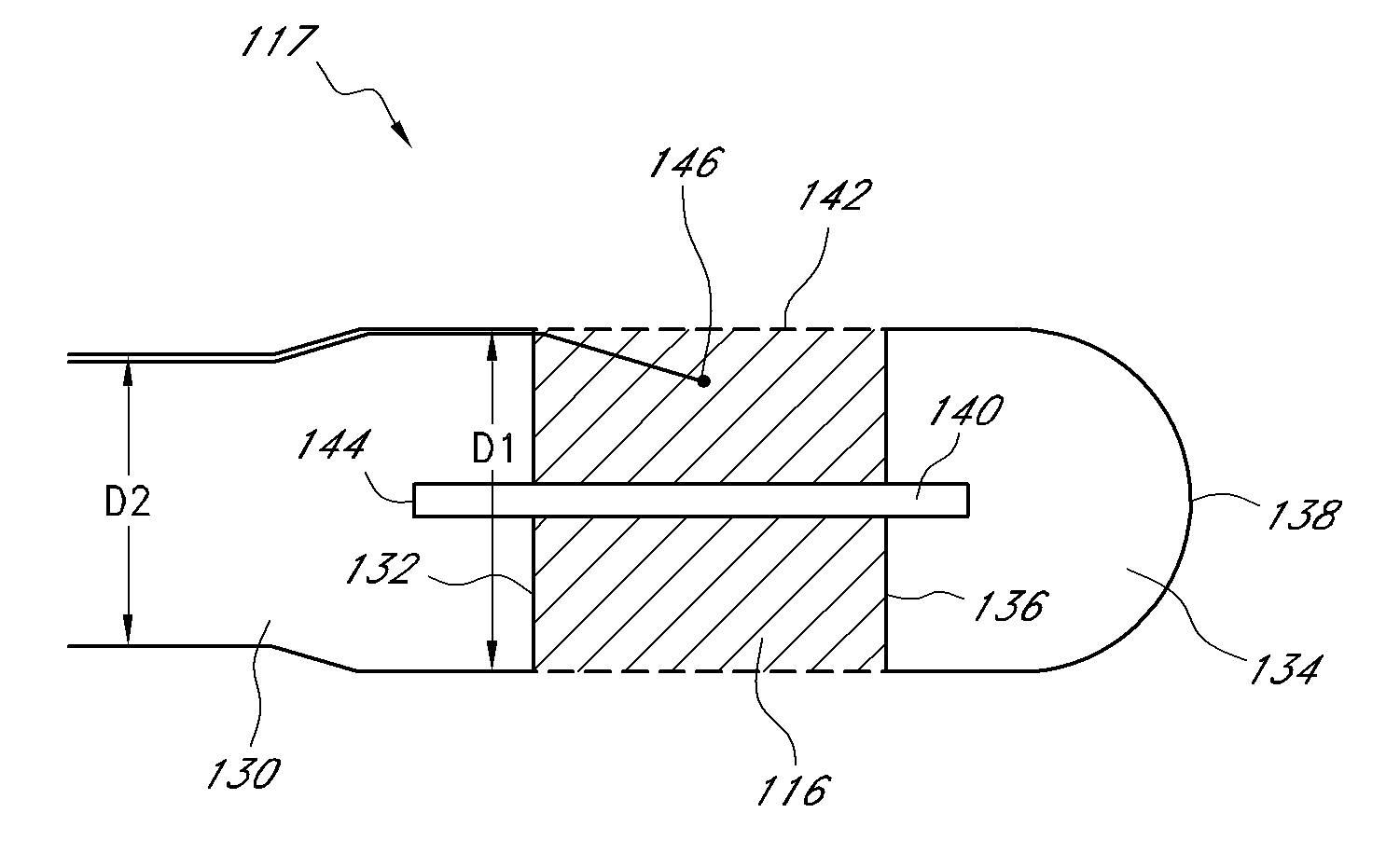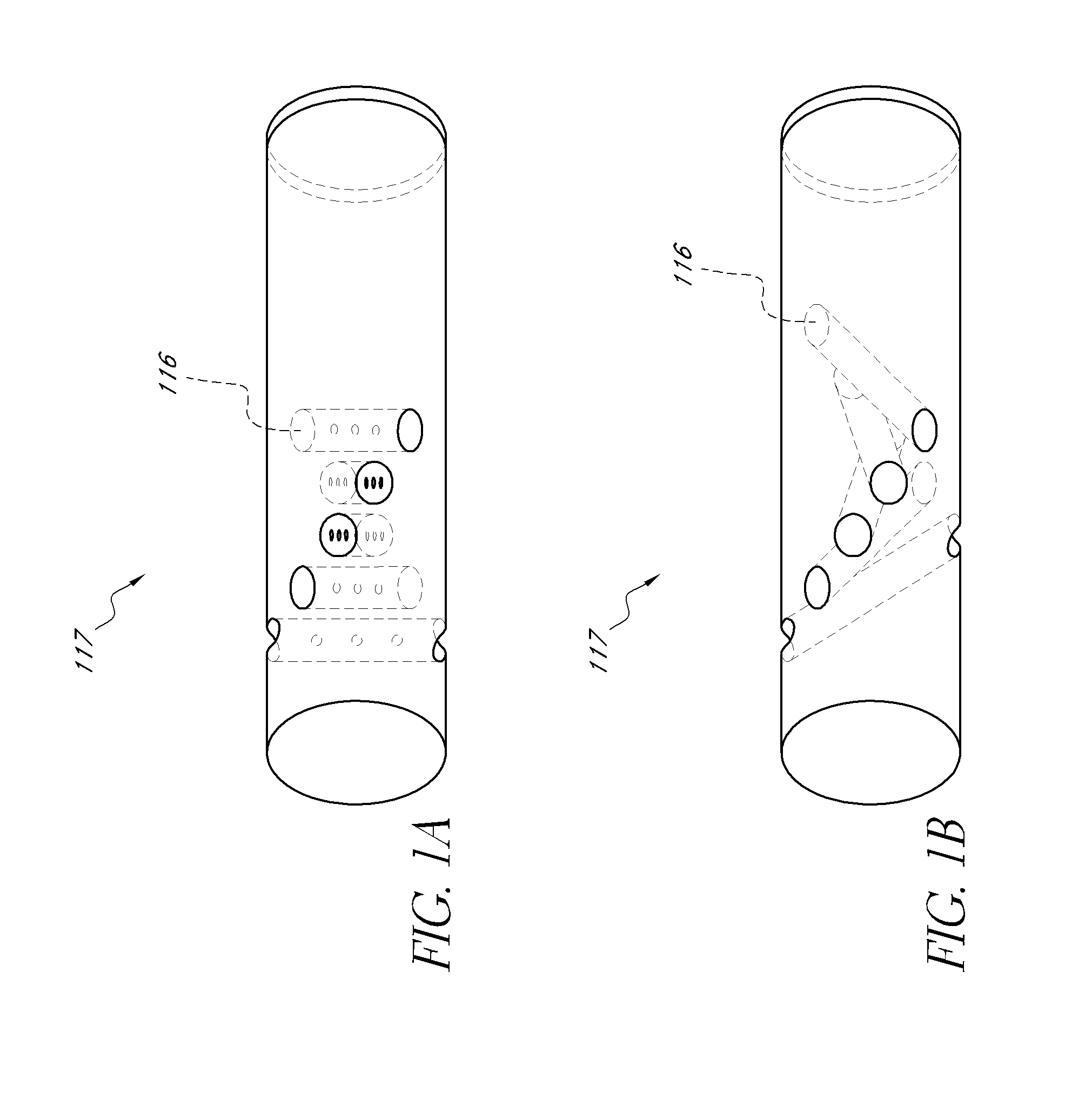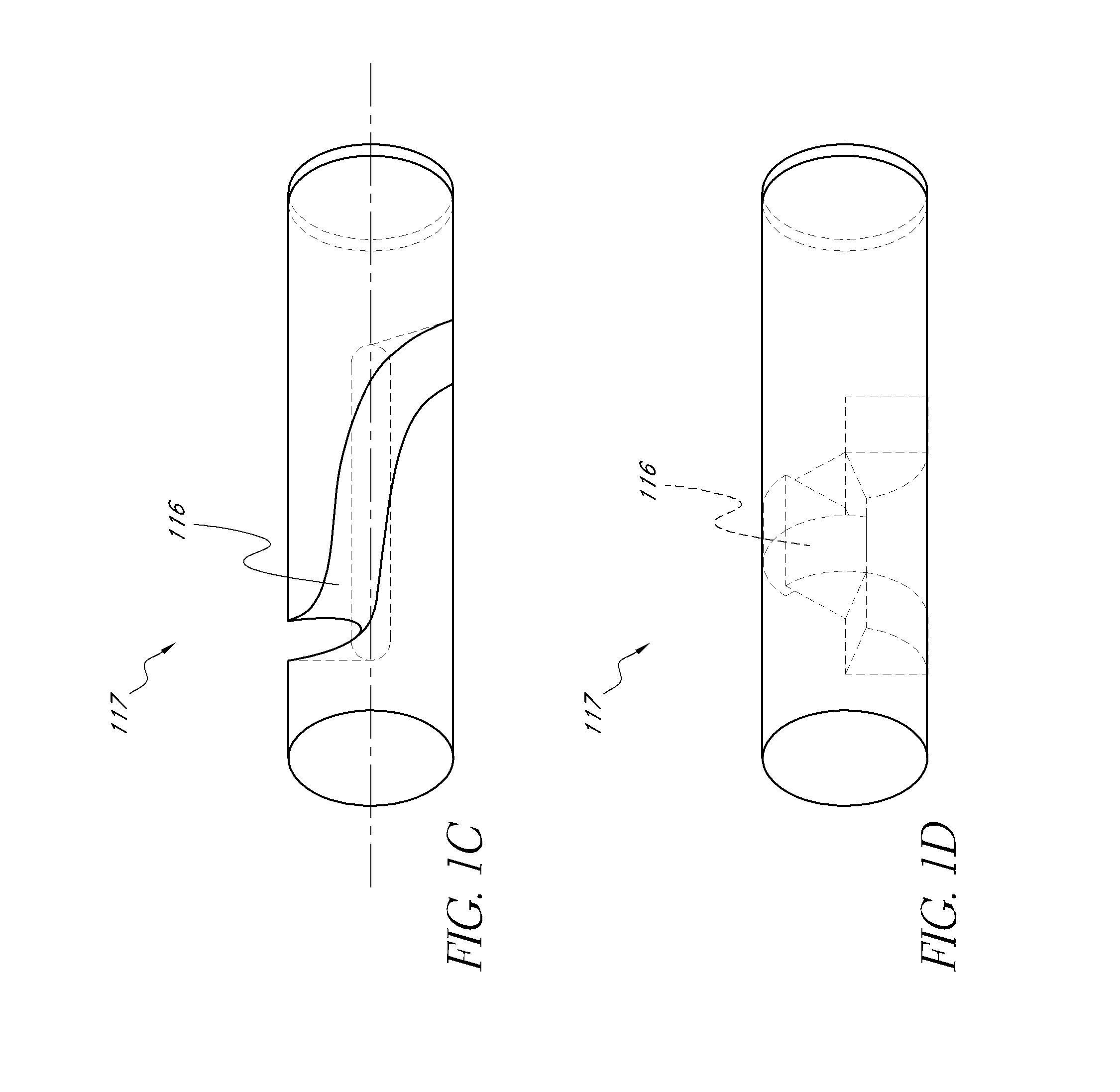Optical sensor configuration and methods for monitoring glucose activity in interstitial fluid
a glucose activity and interstitial fluid technology, applied in the field of optical sensor for detecting analyte, can solve the problems of increasing the risk of damage to a patient's organs, determining precise dosage remains a problem, and the algorithm based on blood glucose measurement cannot crudely approximate the ability of a healthy individual to continuously adjust insulin production
- Summary
- Abstract
- Description
- Claims
- Application Information
AI Technical Summary
Benefits of technology
Problems solved by technology
Method used
Image
Examples
Embodiment Construction
[0054]Various embodiments of optical systems and methods are disclosed herein for determining a glucose concentration within an interstitial fluid—i.e. an interstitial glucose concentration. The various embodiments preferably share at least two features. First, they involve exciting a chemical indicator system with an excitation light signal and measuring the emission light signal of the indicator system, wherein the indicator system is in contact with the interstitial fluid and comprises a fluorescent dye operably coupled to a glucose binding moiety—such that the emission light signal generated by the indicator system upon excitation is related to the interstitial glucose concentration. Second, they involve correcting the interstitial glucose concentration measurements from the indicator system for potential artifacts due to the optical system, which artifacts are unrelated to the interstitial glucose concentration. The correction is performed by ratiometric analysis. More particul...
PUM
 Login to View More
Login to View More Abstract
Description
Claims
Application Information
 Login to View More
Login to View More - R&D
- Intellectual Property
- Life Sciences
- Materials
- Tech Scout
- Unparalleled Data Quality
- Higher Quality Content
- 60% Fewer Hallucinations
Browse by: Latest US Patents, China's latest patents, Technical Efficacy Thesaurus, Application Domain, Technology Topic, Popular Technical Reports.
© 2025 PatSnap. All rights reserved.Legal|Privacy policy|Modern Slavery Act Transparency Statement|Sitemap|About US| Contact US: help@patsnap.com



